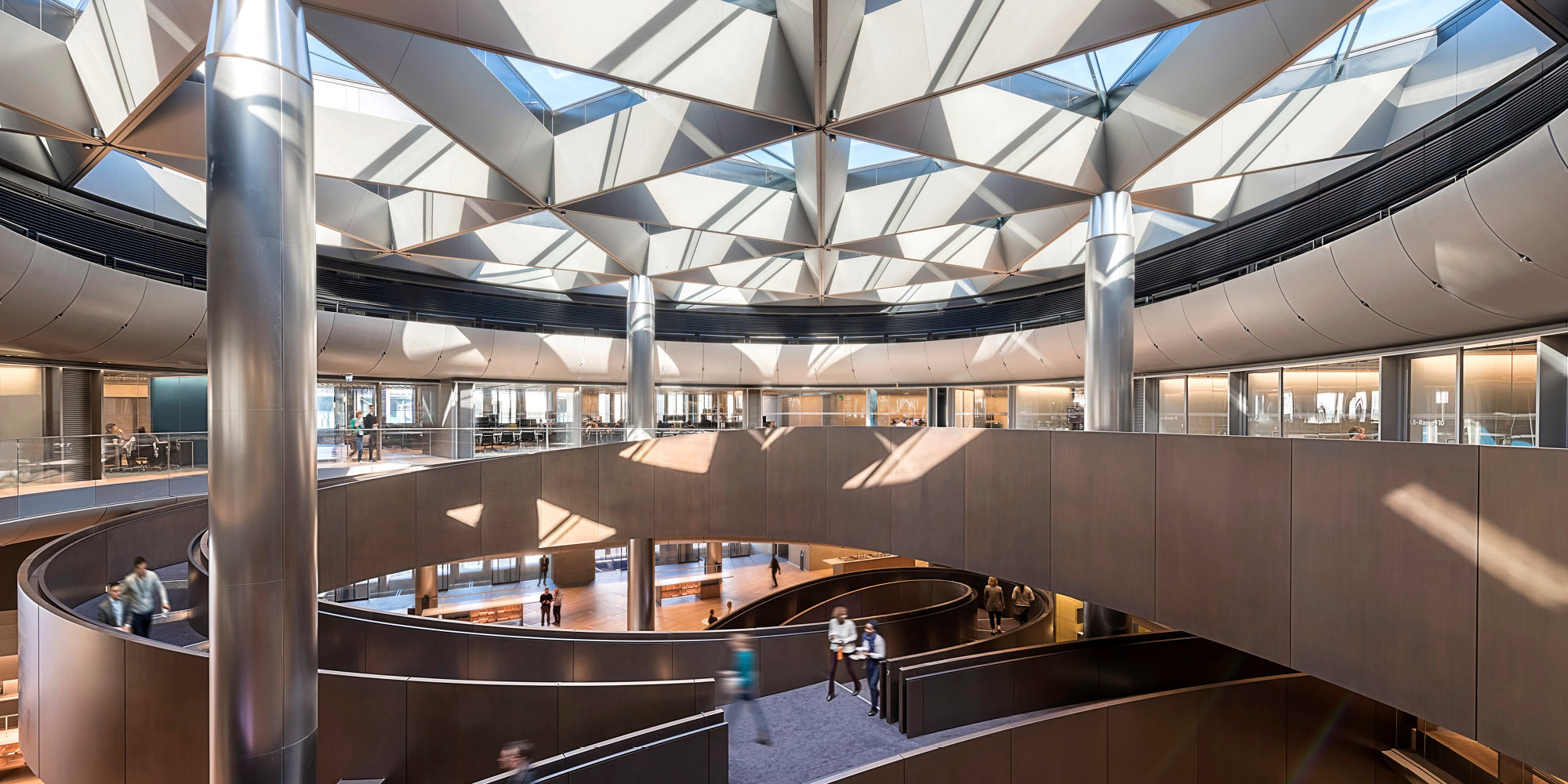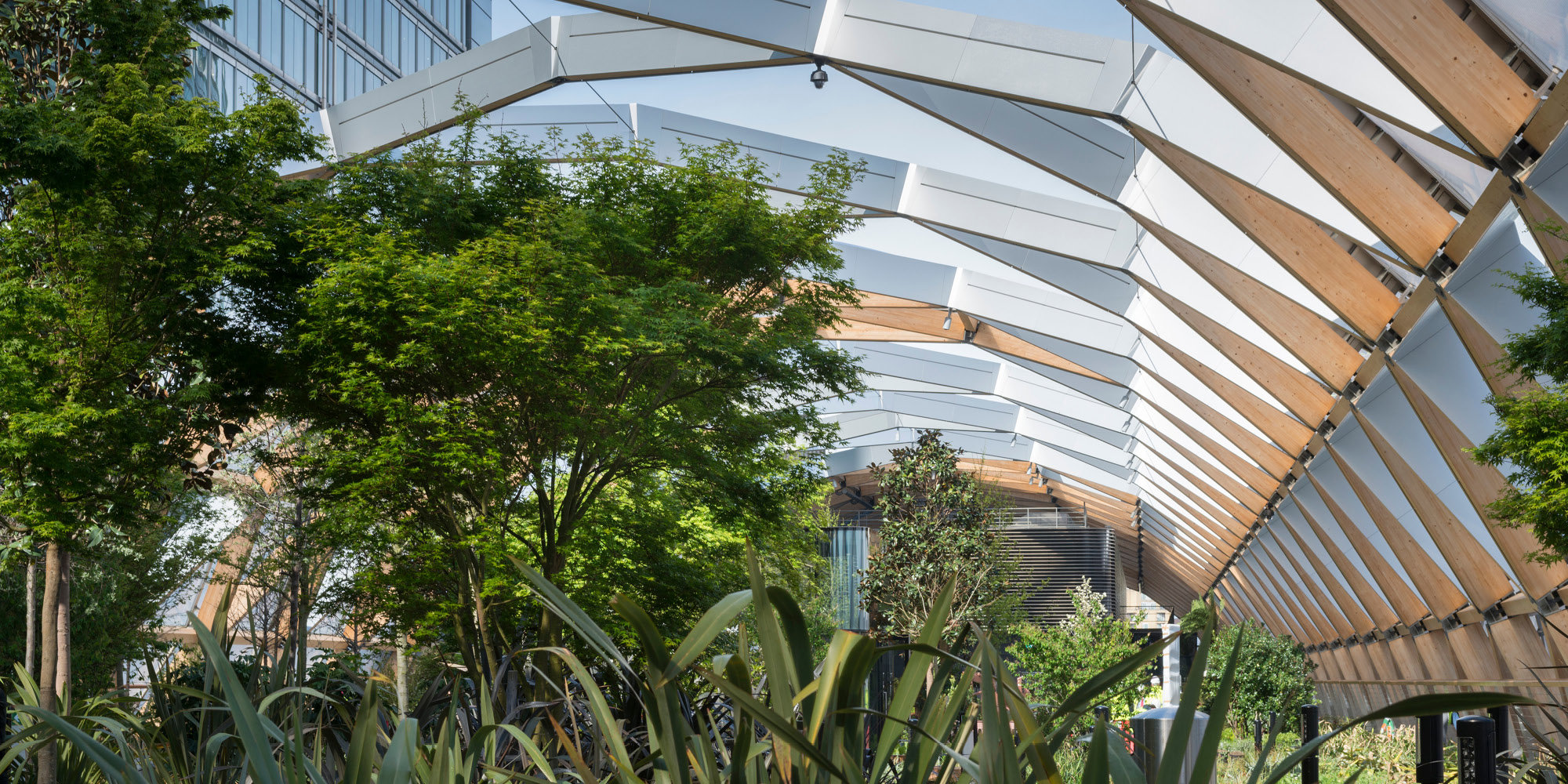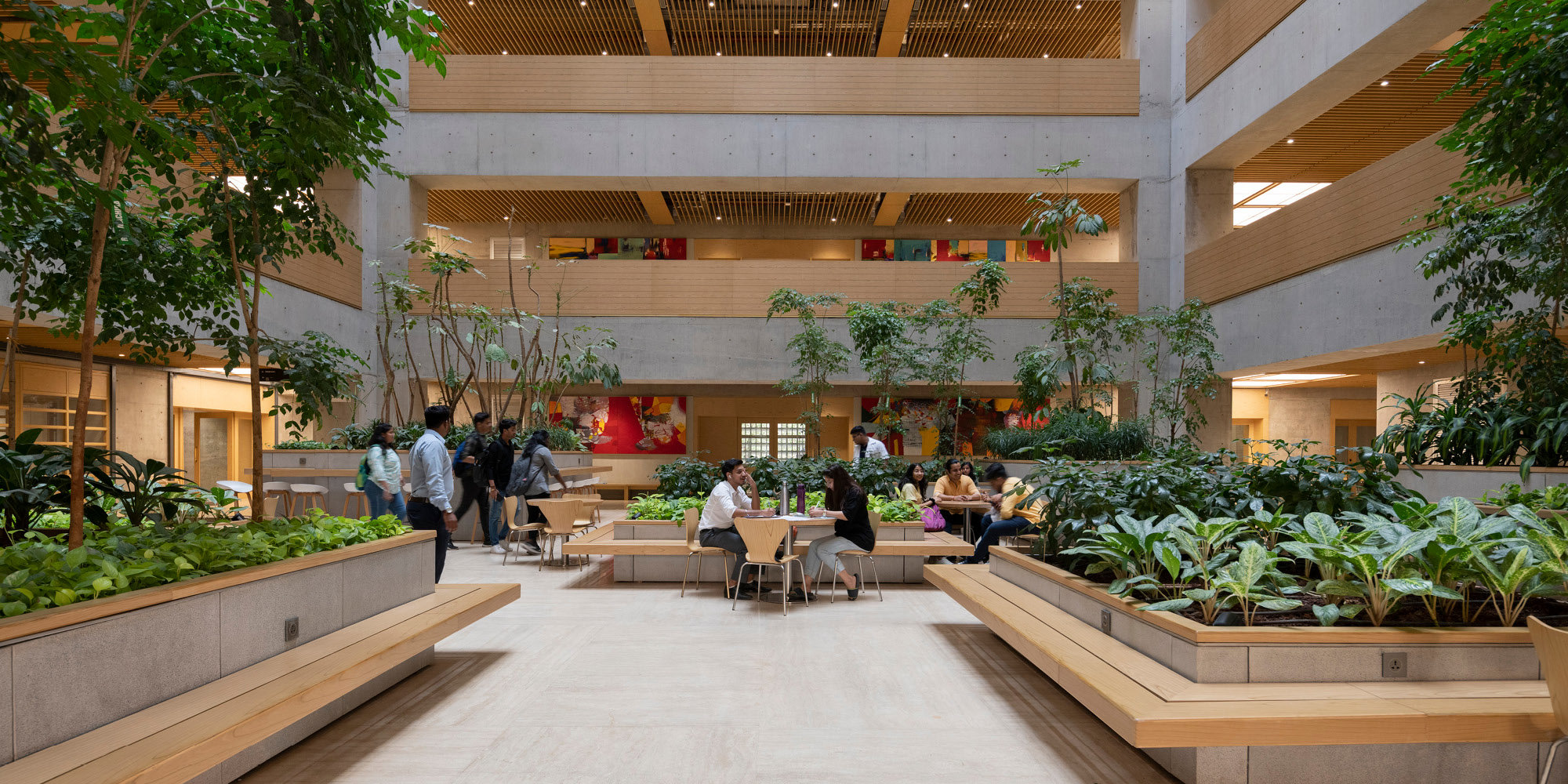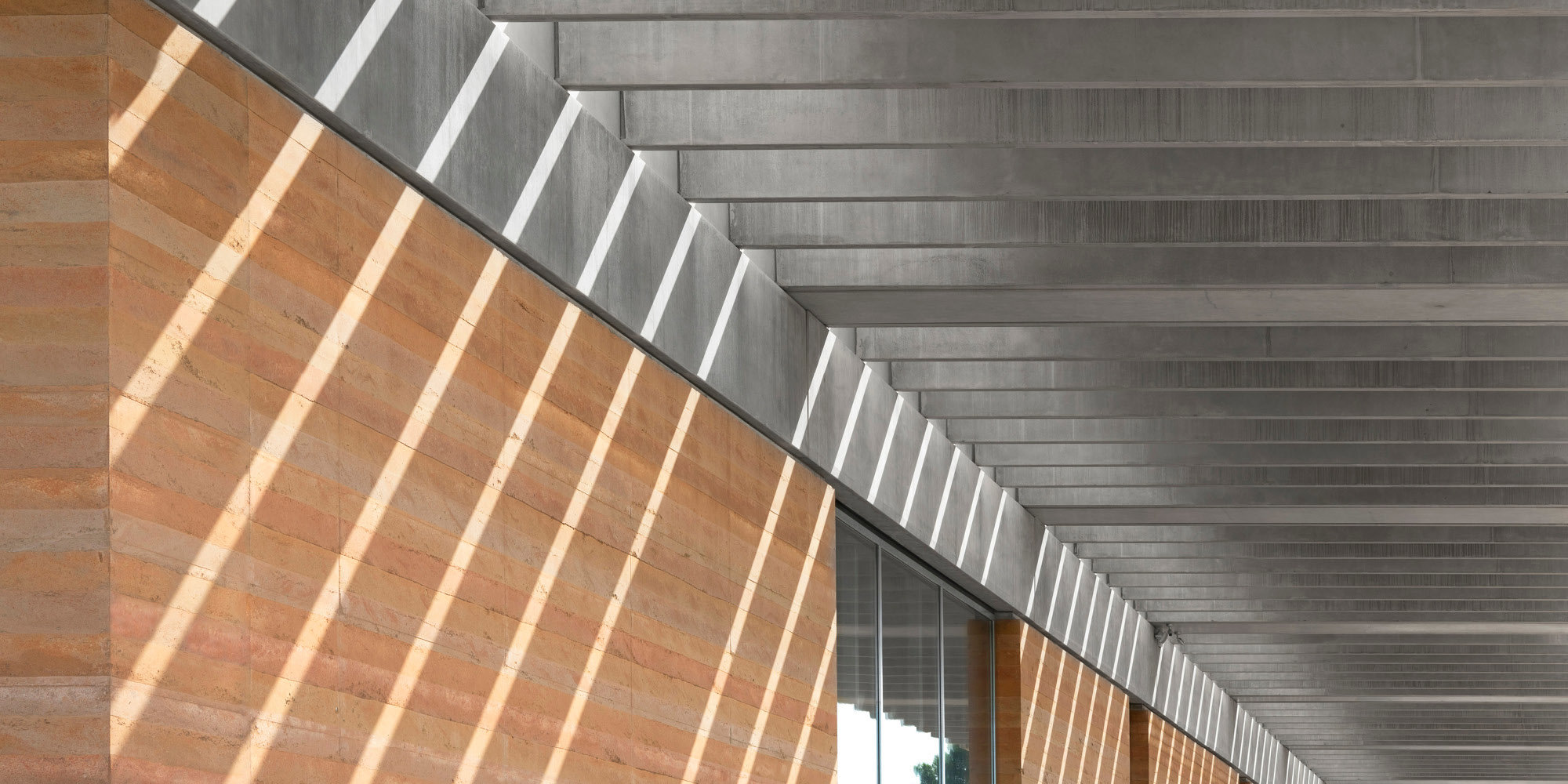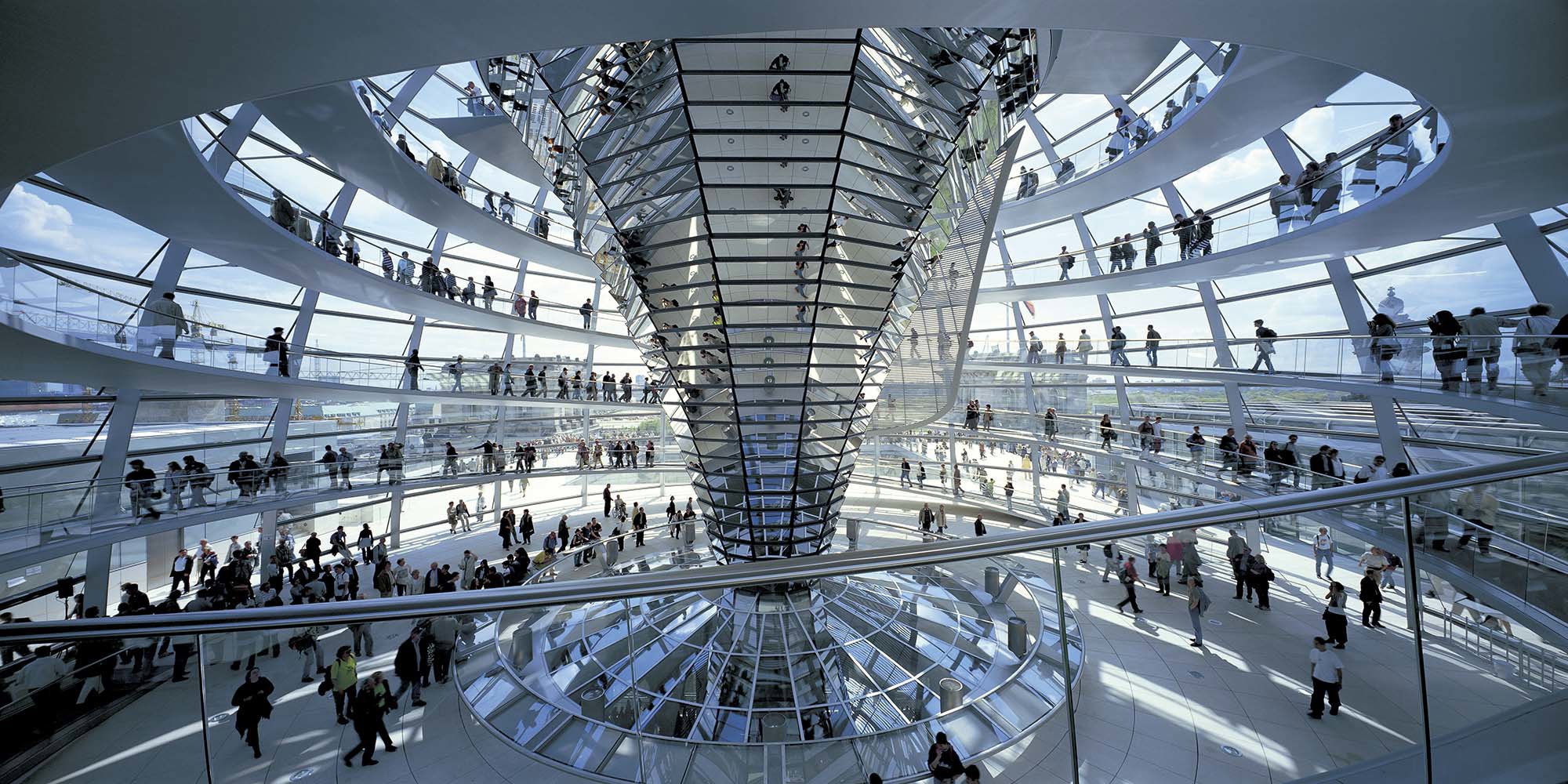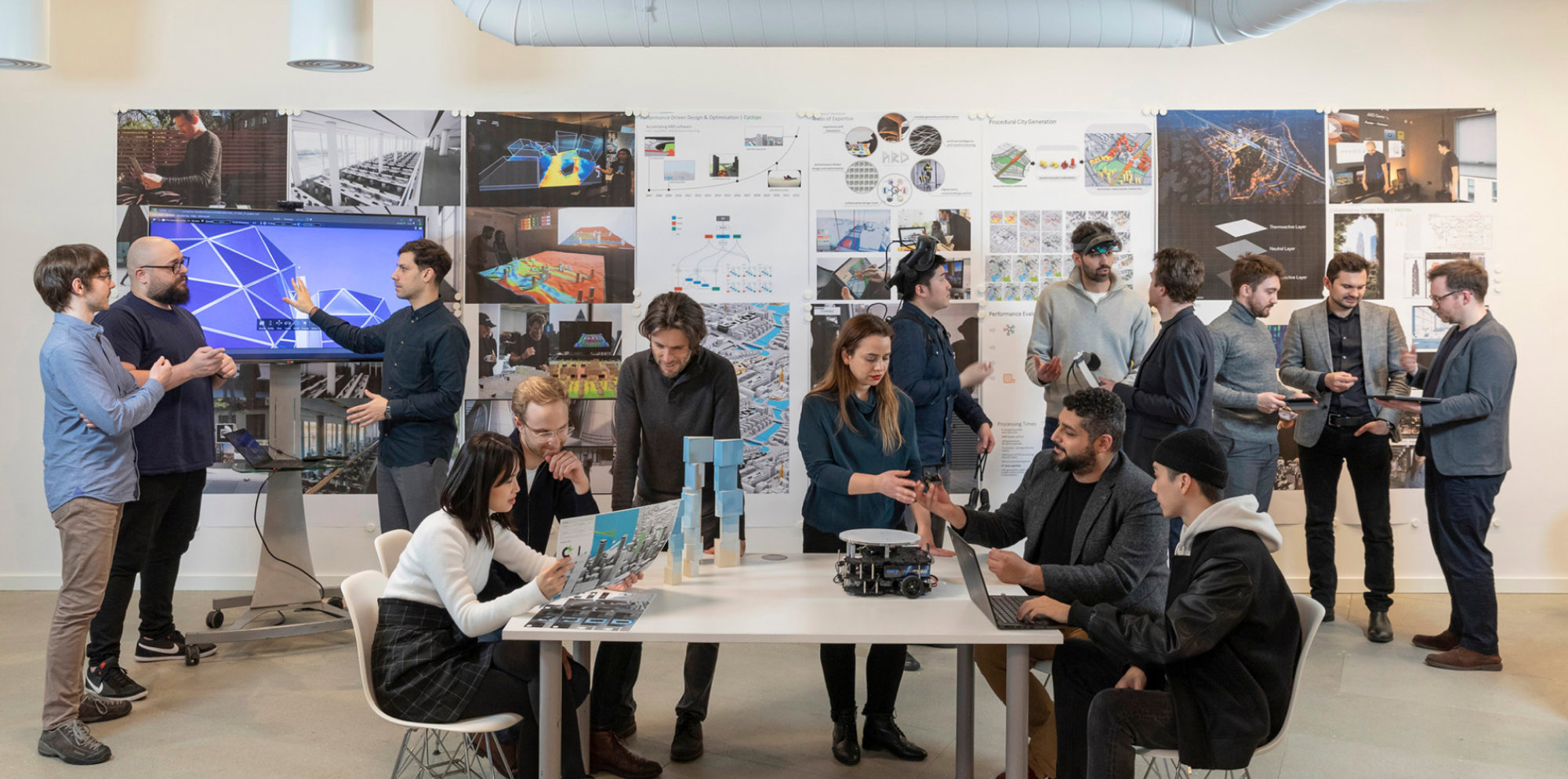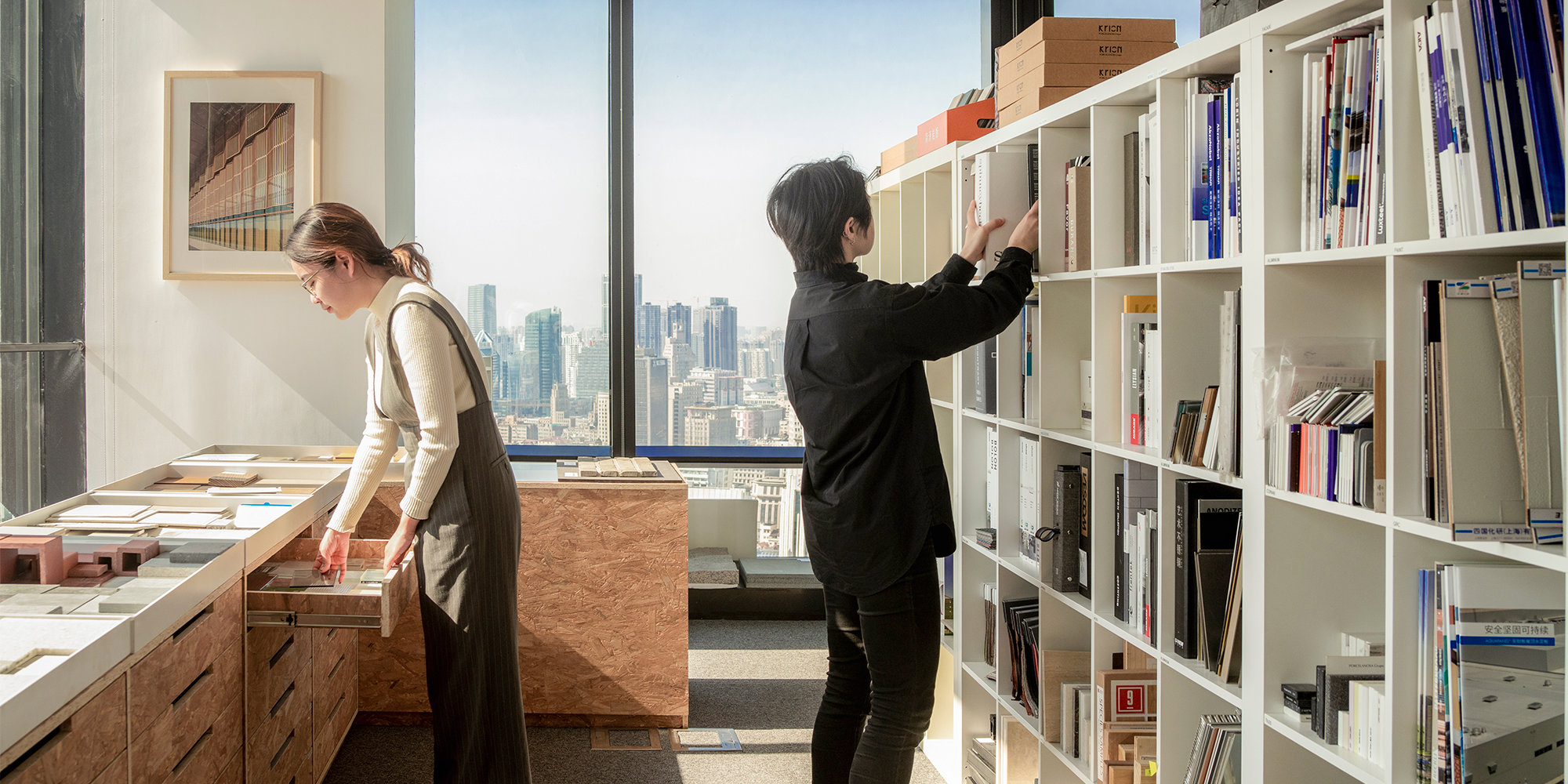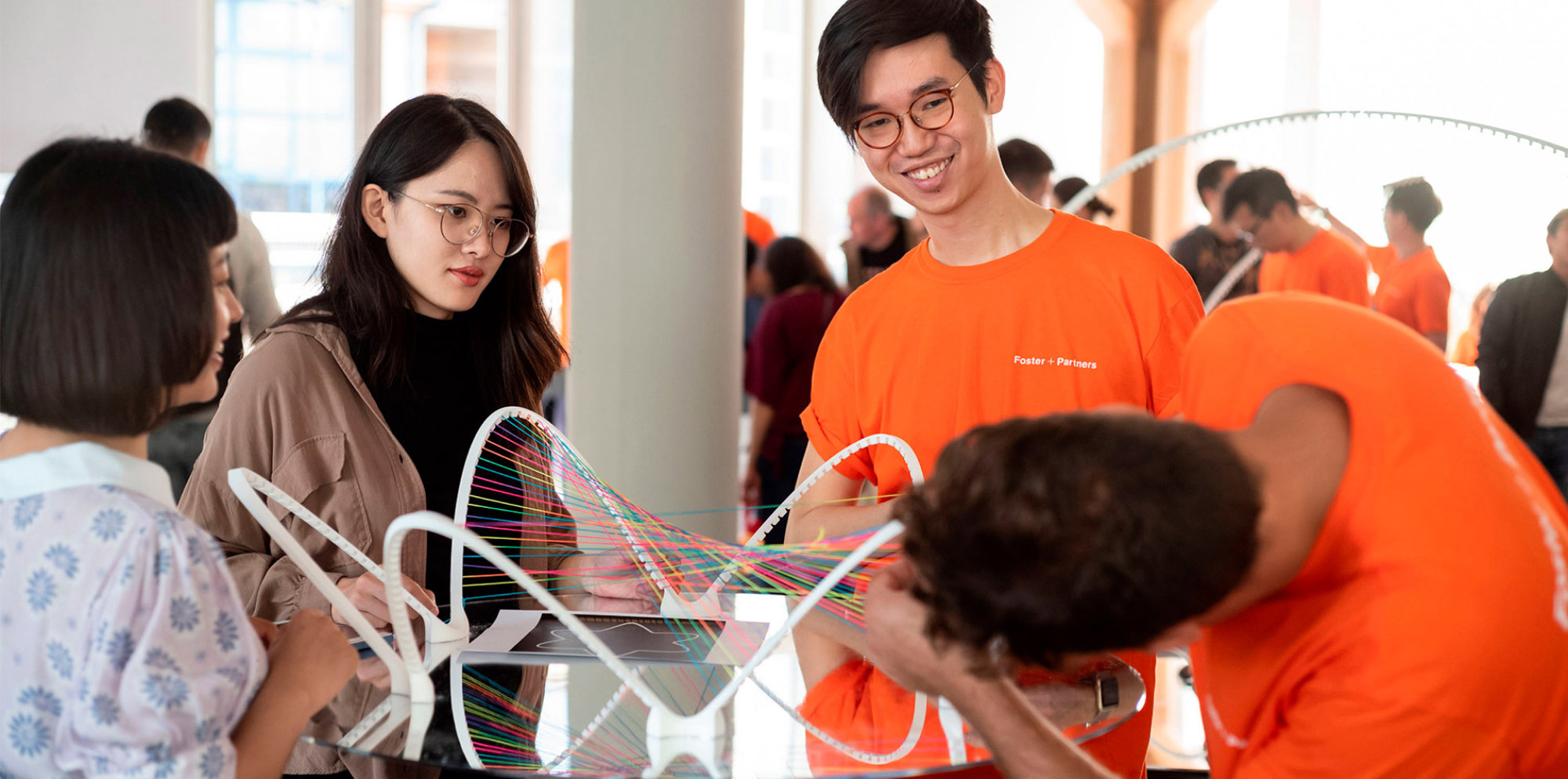On 16th May the completed City Hall building was handed over to the Greater London Authority. Following an eight-week long fit-out period, the building will be formally opened by Her Majesty the Queen on 23rd July.
City Hall has been designed as a model of democracy, accessibility and sustainability. It houses the assembly chamber for the 25 elected members of the London Assembly and the offices of the Mayor and 500 staff of the Greater London Authority. It is a highly public building, bringing visitors into close proximity with the workings of the democratic process. The building is set within the new More London development on the south bank of the Thames, bringing a rich mix of office buildings, shops, cafes and landscaped public spaces to a section of the riverside that has remained undeveloped for decades.
More than half of the total site area is given over to public space, including two large piazzas equivalent in size to Leicester Square and Piccadilly Circus. A new streetscape will create dramatic vistas of landmarks such as HMS Belfast and the Tower of London. An underground road, which gives common access to a service infrastructure shared by all the new buildings, has enabled the entire site to be kept completely free of vehicles. This has facilitated the creation of a new, completely pedestrianised public realm along the riverside, which will be accessible 24 hours a day.
The public may enter the building either at the ground level reception or through a large sunken amphitheatre, which leads to a public cafe at lower ground level. Paved in high-quality blue limestone, the amphitheatre provides a space for outdoor events. Beyond the cafe is an elliptical exhibition space directly below the assembly chamber. Daylight is reflected into this space by the ceilings pattern of concentric ellipses of mirror-polished stainless steel. From this space a half-kilometre-long, gently rising public ramp coils through all ten stories to the top of the building. At the level of the assembly chamber is a viewing gallery allowing the public dramatic views over the river to the Tower of London through the triangulated glass facade.
After level 2 the ramp emerges inside the chamber and continues the rest of its rise directly above the heads of the elected politicians. Each step up the ramp offers new and surprising views of London and glimpses into the offices of the GLA staff. The ramp leads past the Mayors Office to a public space at the top of the building known as Londons Living Room. This daylit space can be used for exhibitions or functions for up to 200 guests. Encircling it is an external viewing terrace offering unparalleled views across London. The assembly chamber will also be open to the public, with 250 seats for press and visitors, including provision for wheel chair users.
The buildings orientation and form have been designed to save energy. Its shape is derived from a geometrically modified sphere, a form which contains the greatest volume with the least surface area. The glazed facade of the assembly chamber faces north to minimise the amount of direct sunlight falling on it and so minimising solar gain. The building leans back towards the south, where the floor-plates step inwards to provide natural shading for the offices beneath.
The building has a highly integrated system of environmental controls to minimise its energy use. The perimeter office spaces can be naturally ventilated by opening vents positioned below the windows. The buildings cooling system utilises cold ground water pumped up via boreholes from the water table and passed through chilled beams in the ceilings, avoiding the need for noisy and unsightly chillers on the roof. Analysis indicates that, as a result of the combination of these energy saving devices, the annual energy consumption for the buildings mechanical systems will be approximately a quarter of that of a typical high-specification air-conditioned office building.
Advanced computer modelling techniques and innovative construction techniques have been employed to achieve the geometry. Each of the glazing panels is unique in shape and size. They have been laser-cut with data supplied from the same computer model used to design the building, ensuring a high degree of accuracy. Many of the building elements, including floor tiles and rubber doormats, are made from recycled materials. Designed and built within only 30 months, the building was completed on time and on budget.
Credits
Developer:
CIT Group Ltd
Architects:
Foster and Partners
Norman Foster
Ken Shuttleworth
Andy Bow
Stefan Behling
Sean Affleck
Richard Hyams
Niall Monaghan
Max Neal
Frank Filskow
Ken Hogg
David Kong
Bruce Curtain
Graham Longman
Mario Pilla
Alice Asafu-Adjaye
Louise Blackler
Elodie Fleury
Attilio Lavezzari
Sam Harvey
Tomer Kleinhause
Structural, Services and Acoustic Engineers:
Arup
Cost Consultants:
Davis Langdon and Everest
Planning Consultants:
Montagu Evans
Services Cost Consultant:
Mott Green and Wall
Construction Manager:
MACE
Facts and Figures
Full planning application date:
Wednesday 7th July 1999
Planning Authority:
The London Borough of Southwark
Net Lettable Floor Area:
12,000m2
130,000 sq. ft. approximately
Gross Internal Floor Area:
18,000m2
185,000 sq. ft. approximately
Useable floor area for each floor:
from 259 to 1282m2
Number of floors:
Nine floors above ground
Height:
Structural frame:
Structural steelwork
Reinforced concrete core
Foundations:
Piles
Angle of glass front inclination:
31 degrees
Diameter of circular glass facade:
Cladding:
Clear glass with ceramic frit
Clear and ceramic low emissivity coated glass incorporating shading devices
sun protection:
High performance flush triple glazing with integral blinds
fire protection:
Natural ventilation doubles as smoke extract
heat insulation:
Average value = 0.7 to 0.8
Concrete quantity:
13,100m3
Steel quantity:
Reinforced 1950 tons
Structural 2100 tons
Glass quantity:
7300 m2
Environmental strategy:
Openable vents for natural ventilation, bore hole water cooling, heat recovery, thermal faade therefore no chillers. Energy consumption for environmental systems is less than half of DETR good practice office guide, which in itself is half of a typical office.
Programme:
Tender Invitations - 1999/2000
Construction contracts - 2000
Construction - April 2000
Occupation - June 2002
